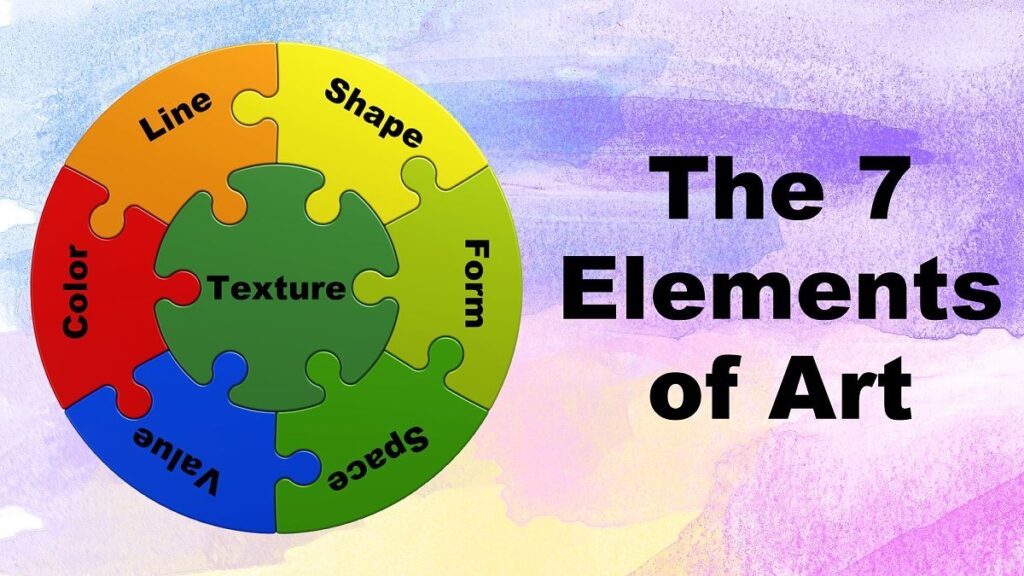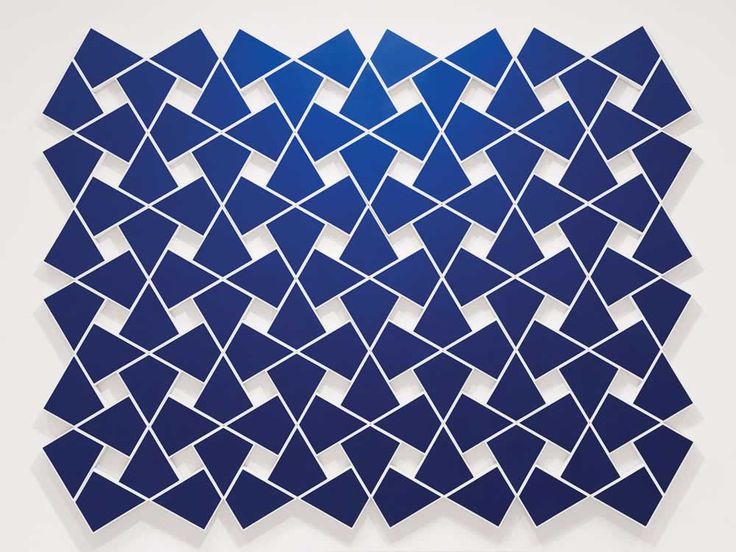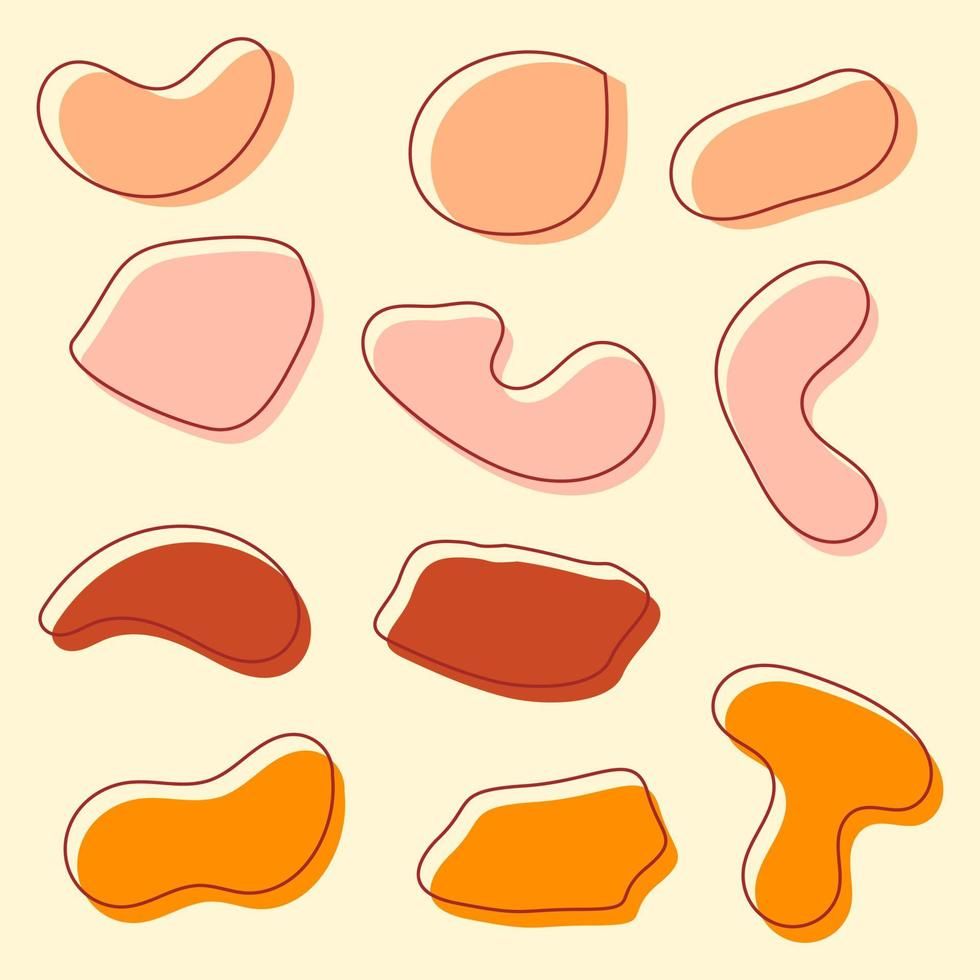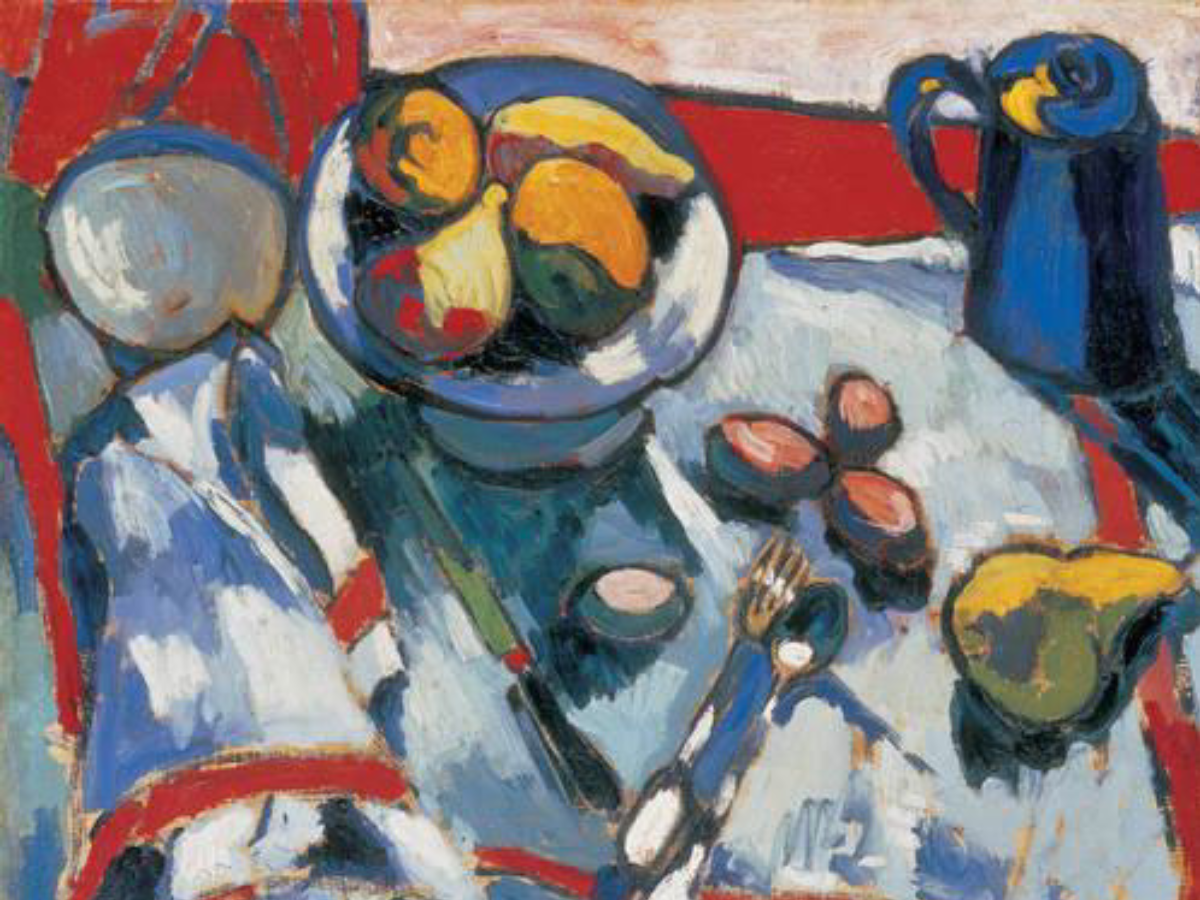What is shape in art? This is the question we will explore and discuss in the article below.
The importance of shape in art is manifold, and as an element of art, it is part of what provides the fundamental structure to visual compositions.
What Is Shape In Art?

In the world of art, shape is like the blueprint that gives structure and form to everything we see. It’s one of the key ingredients artists use to make their creations come alive.
Think of it as the outline that defines the edges of objects, whether they’re sharp and precise or soft and flowing.
Shapes aren’t just about what you see; they also play a big role in how you feel when you look at art. Artists use shapes to tell stories, convey emotions, and create visual interest.
So, next time you’re admiring a painting or sculpture, take a closer look at the shapes – they might just hold the secret to what the artist is trying to say.
7 Principles of Art

Shape is one of the elements of art, not principles of art.
You can learn about each principle of art and element of art in the linked articles below:
- Balance
- Contrast and Emphasis
- Movement and Rhythm
- Unity and Variety
- Harmony
- Pattern
- Proportions and Scale
7 Elements of Art

Types of Shape in Art
There are two common types of shapes in art, and these are widely referred to as either organic or geometric.
Within these types, there are numerous possibilities to how shapes can be applied, which can range from artistic modalities like paintings, drawings, sculptures, architecture, and others.
Geometric Shapes

Geometric shapes in art are like the building blocks of structure and precision.
Think of shapes like squares, rectangles, circles, and triangles—these are the ones you easily spot and they give a composition its backbone.
Artists love using geometric shapes because they can convey specific ideas or feelings.
For instance, a square might mean stability and order, while a circle could stand for unity or never-endingness. So, when artists pick these shapes, they’re trying to make you feel something when you look at their work.
But it’s not just about picking shapes randomly. Artists balance different geometric shapes to create either a feeling of harmony or to make things pop. How they mix these shapes can totally change how you see and understand a piece of art.
Organic Shapes

Organic shapes in art are like the shapes you see in nature – they’re not rigid or symmetrical like geometric shapes. Instead, they’re free-flowing and irregular, just like the forms you’d find in the world around us.
Because organic shapes aren’t bound by uniformity, they offer a sense of freedom. Artists often use them to convey movement and vitality in their work.
When you look at organic shapes, you might feel something instinctual because they’re so closely tied to nature. They range from simple curves, like those in a leaf, to more complex forms, like the shape of a person’s body.
Properties of Shape

Understanding the properties of shape is like unlocking the secret language of art.
Imagine you’re drawing a picture of a person. The space taken up by the person is what we call positive space—it’s the main focus.
But then there’s the space around the person, which we call negative space. It’s like the background or the air around the person.
Now, let’s talk about how shape and form work together. Shape is like the outline of something—it’s flat, like a drawing on paper. But form takes it a step further.
It adds depth and volume, making things look three-dimensional. You can see form because of the way light and shadow play on shapes, giving them a sense of solidity.
So, when you’re creating art, pay attention to both positive and negative space, and think about how shapes can transform into forms with the magic of light and shadow.
The Psychology of Shape

Have you ever stopped to think about why certain shapes seem to carry so much meaning and emotion in visual art?
Well, it turns out that shapes aren’t just random—they’re like a secret language that artists use to communicate with us on a deeper level.
Cultural Symbolism

Shapes in art aren’t just shapes—they’re packed with cultural significance. Take circles, for example.
Many cultures see them as symbols of unity and eternity because they have no beginning or end, just like a continuous line.
Triangles, on the other hand, can mean different things depending on how they’re positioned. When they’re stable on their base, they often represent strength and stability. But if you flip them upside down, they can suggest conflict or tension.
And then there are special shapes that carry even more meaning when they’re put together in a certain way.
You’ve probably heard of the Yin and Yang symbol. It’s all about balance and the interconnectedness of opposites.
Emotional Responses

Shapes aren’t just symbols—they can also make us feel things.
Think about organic shapes, like the curves of a leaf or a river. They often make us feel comfortable and at ease because they remind us of nature’s imperfections.
On the flip side, geometric shapes, with their straight lines and perfect angles, can make us feel secure and stable. They’re like the building blocks of our world, so they give us a sense of reliability.
Use of Shape in Various Art Periods

Shape has been a cornerstone in shaping various art movements throughout history.
Let’s explore how different periods have utilized shape to convey their artistic expressions.
Abstract Art
Abstract art shook the foundations of traditional realism by focusing on shapes to convey ideas and emotions rather than depicting recognizable objects. Artists in this movement distilled reality to its core essence using shapes.
These shapes, often ambiguous and free-flowing, allowed artists to explore concepts like feelings and spirituality without being confined to representational forms. Abstract art thus liberated artists to express themselves in novel and subjective ways.
Impressionism
Impressionist painters like Monet and Renoir revolutionized art by prioritizing shapes over precise details. Instead of meticulously rendering objects, they used shapes as quick, spontaneous brushstrokes to capture the essence of a scene.
These loose, broken shapes conveyed the fleeting qualities of light and atmosphere, imbuing their paintings with a sense of immediacy and vibrancy.
By focusing on shapes and their interplay, Impressionists pioneered a new way of representing reality, emphasizing mood and sensation over strict representation.
Cubism
Cubism, spearheaded by artists like Picasso and Braque, took shape manipulation to new heights. In this movement, shapes were fragmented and reassembled to depict multiple viewpoints simultaneously.
Objects were deconstructed into geometric shapes, challenging traditional single-point perspective. Cubist artists presented subjects from various angles, offering viewers a multidimensional experience.
By breaking down forms into their basic geometric components, Cubism revolutionized the way we perceive and represent space in art, paving the way for abstract and conceptual developments.
Technical Aspects of Shape
Understanding the technical aspects of shape in art is really important because it helps translate a three-dimensional view into a two-dimensional picture.
To create the illusion of depth in your artwork, you can play around with the sizes, colors, brightness, and positions of shapes.
For instance, making some shapes bigger or smaller and placing them differently can make them seem closer or farther away.
Contour lines are like the outlines that define the edges of shapes. They can be thick or thin, solid or dashed, and they affect how shapes look and stand out.
Edges can be either hard or soft. Hard edges are like clear boundaries, while soft edges show transitions or fuzziness.
Artists also change how thick or thin lines are when they overlap shapes or when one shape is in front of another. This helps show which shapes are in the front and which are in the back.
Conclusion
In conclusion, shape in art serves as a fundamental language through which artists communicate ideas, emotions, and narratives.
Whether geometric or organic, shapes play a pivotal role in evoking responses and conveying meanings to viewers.
As we delve into the technical aspects and explore the cultural symbolism intertwined with shapes, it becomes apparent that they are not merely visual elements but carriers of profound significance.
From ancient symbolism to modern abstraction, the utilization of shape has continually evolved, shaping various art movements and revolutionizing artistic expression.
As we continue to appreciate art, let’s not overlook the power and depth encapsulated within shapes, for they are the very essence that breathes life into artistic creations, inviting us to perceive and interpret the world in new and meaningful ways.


Leave a Reply